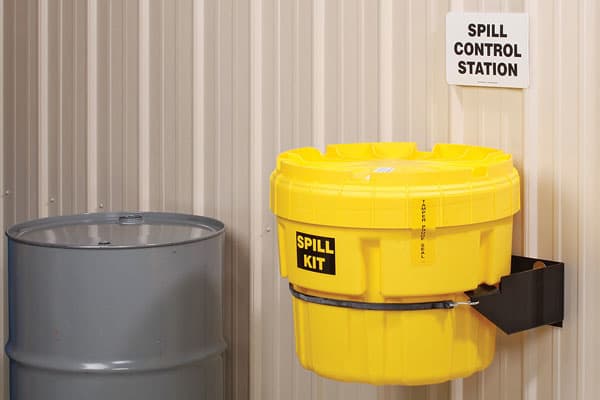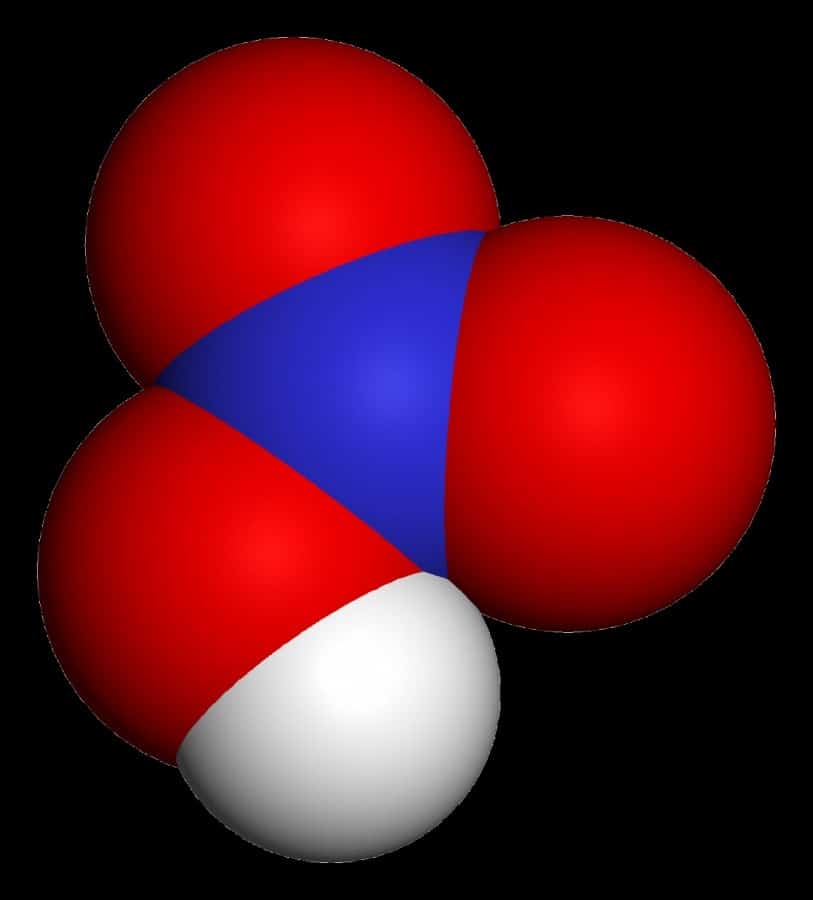Nitric acid is a highly corrosive and dangerous chemical that requires careful handling. In the event of a spill, it’s crucial to act quickly and efficiently to minimize harm. One of the most effective ways to manage a spill is by using a spill kit specifically designed for nitric acid incidents.
In this guide, we will walk you through the steps to properly use a spill kit for nitric acid, ensuring you can respond to hazardous spills safely and effectively.
Understanding the Components of a Spill Kit for Nitric Acid
A spill kit for nitric acid typically contains several essential items. Here’s a breakdown of what you can expect to find:
- Personal Protective Equipment (PPE): This includes gloves, goggles, and aprons to protect you from exposure.
- Absorbent Materials: These are used to contain and absorb the spilled acid.
- Neutralizing Agents: Chemicals that neutralize the nitric acid to make it less hazardous.
- Disposal Bags: For safe disposal of contaminated materials.
- Instructions: A guide on how to use the spill kit effectively.
Understanding each component will help you react swiftly and correctly during an emergency.

Step-by-Step Guide to Using a Spill Kit for Nitric Acid
Step 1: Assess the Situation
Before diving into the cleanup process, take a moment to assess the spill. Determine the size and scope of the spill and identify any immediate hazards. Ensure that the area is well-ventilated to prevent the buildup of harmful fumes.
Step 2: Alert and Evacuate
If the spill is large or poses an immediate danger, alert others in the vicinity and evacuate the area. Use emergency response protocols to notify the appropriate personnel and agencies.
Step 3: Wear Personal Protective Equipment (PPE)
Once the area is secure, it’s time to put on your personal protective equipment. This includes gloves, goggles, and an apron. Make sure all skin is covered to prevent any contact with the nitric acid.
Step 4: Contain the Spill
Using the absorbent materials provided in the spill kit, contain the spread of the acid. Create a barrier around the spill to prevent it from reaching drains or other sensitive areas.
Step 5: Apply Neutralizing Agent
After containing the spill, apply the neutralizing agent to the affected area. Follow the instructions provided in the spill kit to ensure you’re using the correct amount. The neutralizing agent will convert the nitric acid into a less hazardous substance, making it safer to handle.
Step 6: Absorb the Neutralized Acid
Once the neutralizing agent has done its job, use additional absorbent materials to soak up the neutralized acid. Make sure to cover the entire spill area to ensure all residue is absorbed.
Step 7: Dispose of Contaminated Materials
Place all contaminated absorbent materials and PPE into the disposal bags provided in the spill kit. Seal the bags tightly to prevent any leakage.
Step 8: Clean and Ventilate the Area
Finally, clean the spill area thoroughly with water and mild detergent. Ensure the area is well-ventilated to disperse any remaining fumes.

Importance of Training and Preparedness
Proper training and preparedness are crucial when dealing with hazardous spills. Regular training sessions should be conducted to ensure all personnel are familiar with the spill response procedures and the components of the spill kit.
Conduct Regular Drills
Regular drills help reinforce the steps outlined in this guide and ensure that everyone knows their role during an emergency. Practice makes perfect, and in the case of nitric acid spills, it can save lives.
Keep Spill Kits Accessible
Ensure that spill kits are easily accessible and well-stocked at all times. Regularly check the contents of the spill kit to replace any used or expired items.
Common Mistakes to Avoid
In the heat of the moment, it’s easy to make mistakes. Here are some common pitfalls to watch out for:
Not Wearing Proper PPE
Skipping PPE can result in serious injuries. Always ensure you’re fully protected before handling any hazardous material.
Using the Wrong Neutralizing Agent
Different chemicals require different neutralizing agents. Make sure you’re using the agent specifically designed for nitric acid spills.
Inadequate Ventilation
Failing to ventilate the area can lead to the buildup of harmful fumes. Always ensure proper ventilation during and after the cleanup process.
Conclusion
Properly using a spill kit for nitric acid incidents is crucial for ensuring safety and minimizing harm. By following the steps outlined in this guide, you can effectively manage a nitric acid spill and protect yourself and others from potential hazards.
Regular training, preparedness, and a well-stocked spill kit are key components of an effective emergency response plan. Stay vigilant and always prioritize safety when dealing with hazardous spills.
Shop for Your Spill Kit at Absorbents Online
When it comes to ensuring safety during hazardous spills, having the right spill kit is essential. At Absorbents Online, you can find a wide range of spill kits specifically designed for various chemicals, including nitric acid. By investing in quality products, you can be better prepared for any emergency situation. Visit Absorbents Online today to browse our selection and equip your facility with the necessary tools to handle spills effectively. Don’t wait for an incident to occur—take proactive steps to protect yourself and your workspace!